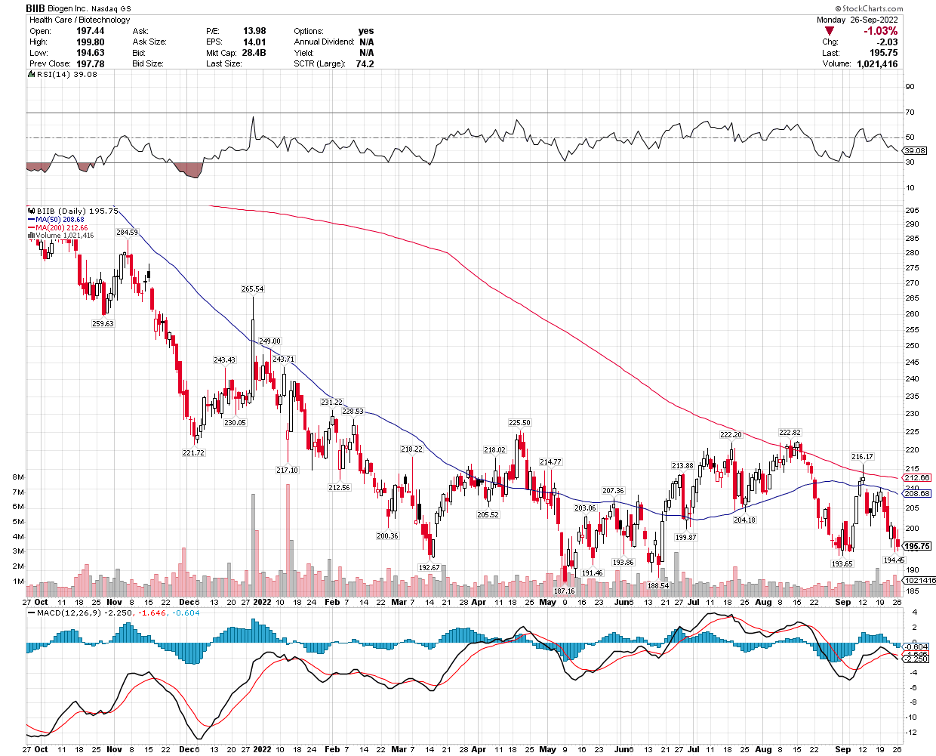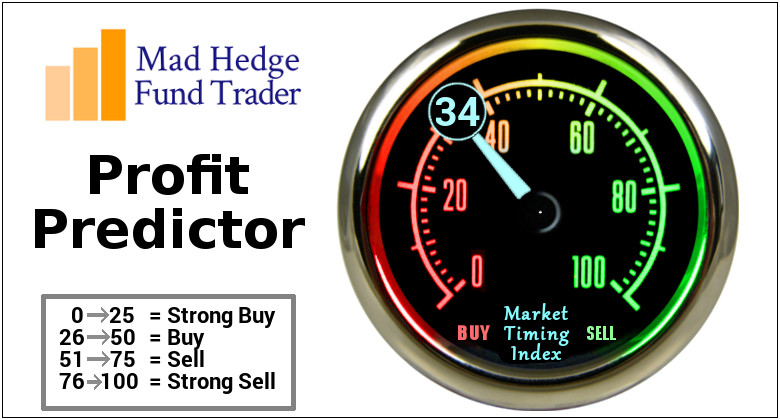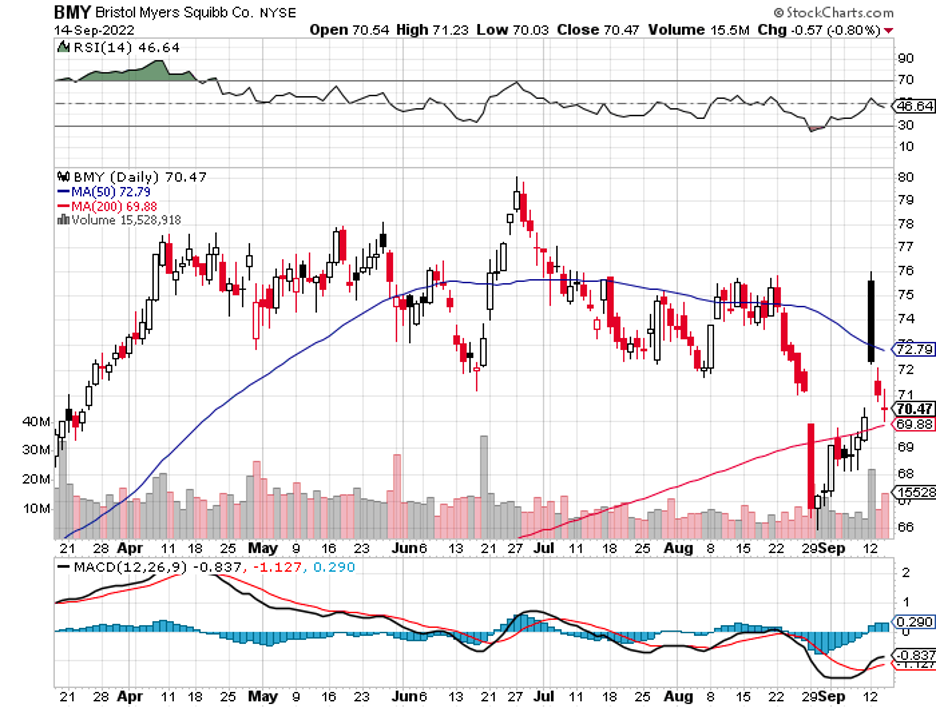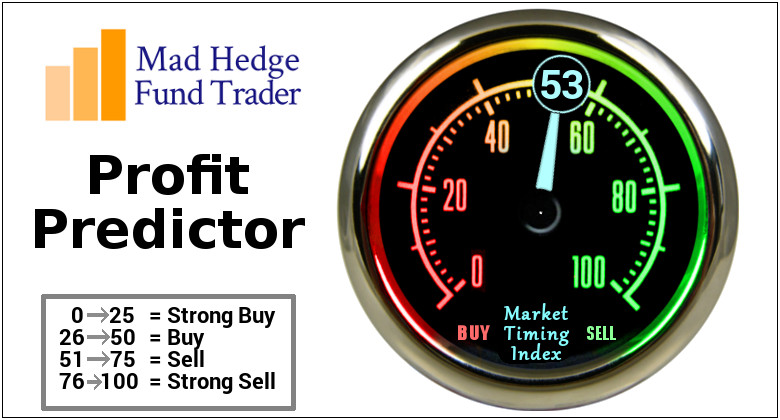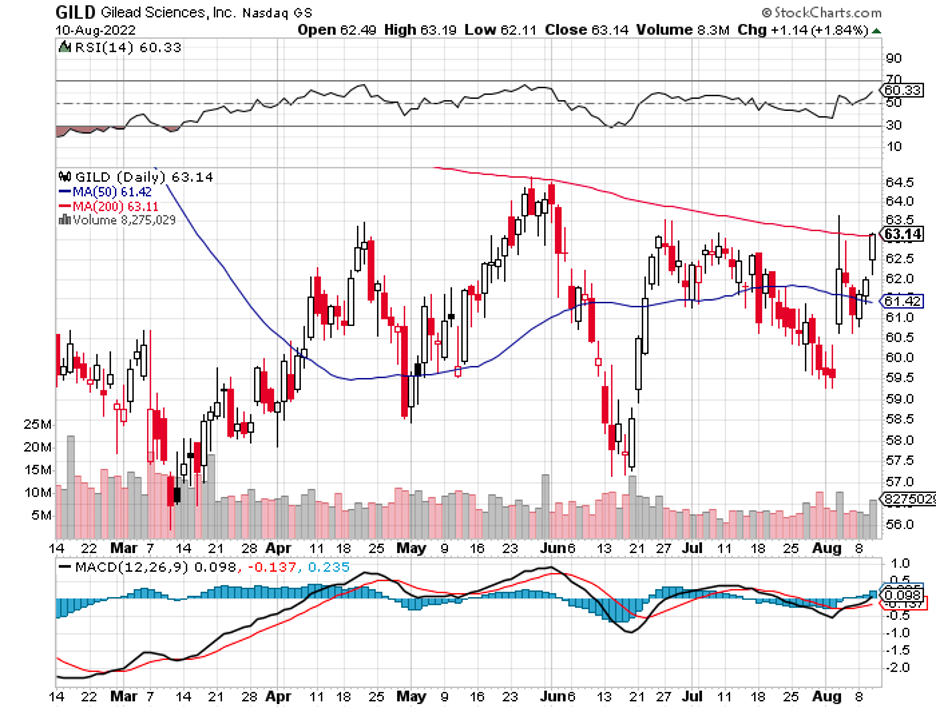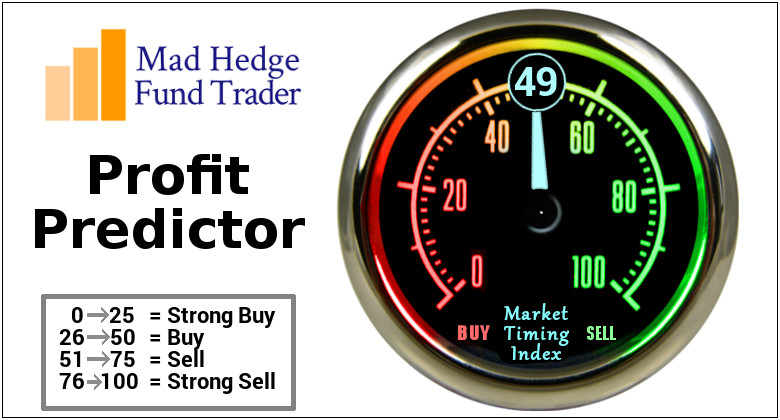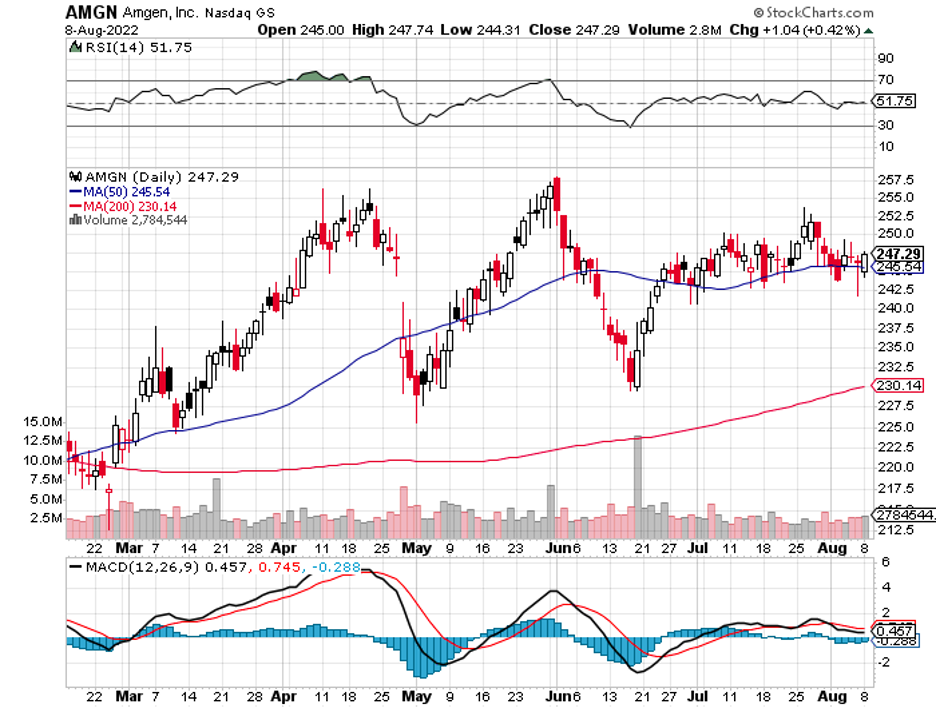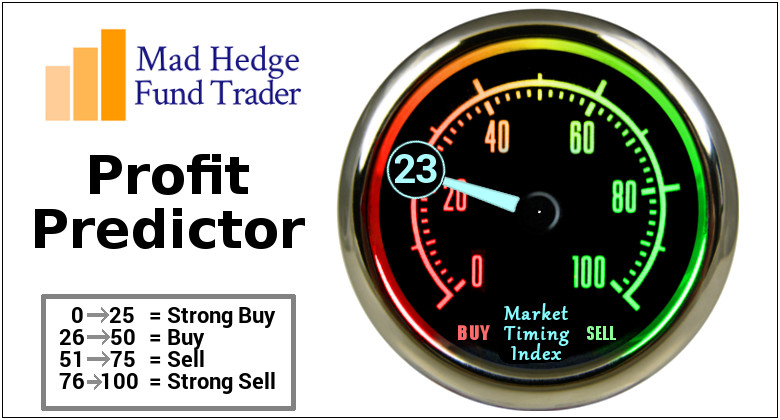Below please find subscribers’ Q&A for the September 21 Mad Hedge Fund Trader Global Strategy Webinar broadcast from Silicon Valley in California.
Q: What would cause you to look for a lower bottom than $330 on the (SPY)?
A: Nuclear war with Russia would certainly do the trick—they’re now threatening to use tactical nuclear weapons in Ukraine—and higher-than-expected interest rates. If we get another 75 basis points after this one today, then I think you’re looking at new lows, but we won’t find that out until November 2. So, the market may just bounce along the bottom here for a while until it sees what the Fed is going to do, not on this rate hike but the next one after that. Other than that, a few dramatically worse earnings from corporations would also allow us to test a lower low.
Q: Is it time to nibble on Nvidia Corporation (NVDA)?
A: Nvidia is one of the most volatile stocks in the market. You don’t want to go into it until you’re absolutely sure the bottom is in. If that means you miss the first 10% of the following move up, that’s fine because when this thing moves, you get a double or triple out of it. I would wait for the indecision in the market to resolve itself before you get too aggressive on the most volatile stocks in the market. The same is true for the rest of the semiconductor sector.
Q: What does a final capitulation look like?
A: The Volatility Index (VIX) ever $40. We’ve had a high of VIX at $37 so far this year. If really get over $40, that would be a new high for the year. That would signal people that are throwing in the towel, giving up the market, selling everything—of course that is always the best time to buy.
Q: How do we get LEAPS guidance?
A: We send our LEAPS recommendations first to our concierge members—we only have a small number of those—and then after that, they go out to all subscribers to the Mad Hedge Global Trading Dispatch. Everyone gets exposure to the LEAPS. By the way, with LEAPS, you can take up to a month to execute a position. What I do is literally buy 1 contract a day, so I get a nice average over the period of a month when the market is most likely bottoming.
Q: Do you see Intel Corporation (INTC) as a good candidate for a Taiwan invasion hedge?
A: Well, first of all, China’s not going to invade Taiwan. I’ve been waiting for this for 70 years and it’s not going to happen. Also, Intel’s new management has yet to prove itself. You have a salesman running the company; I never like companies run by a salesman. I’d prefer to have an engineer run an engineering company. The court is still out on Intel and whether they can turn that company around or not; so, I would much rather buy the market leaders, Nvidia (NVDA), Advanced Micro Devices (AMD), and Micron Technology (MU) in the semiconductor space.
Q: You talked dollar/cost averaging before. Should we pause on averaging in?
A: No, that's why I say buy one contract a day and put it in order to buy at the bid side of the market. That way, any sudden swoosh down in the market and you’ll get filled. The spreads on these LEAPS are quite wide, so you want to try to buy as close to the middle or bottom end of the spread, and putting in single contract orders over a month, of course, will do that to you.
Q: Does that mean it’s time to sell the ProShares UltraShort 20+ year Treasury Yield (TBT)?
A: I would say yes; (TBT) hit $30.30 yesterday, which is a new multi-year high. I would be taking profits on that because on the next turnaround in bonds, you could get a very rapid move in (TBT) from $30 back down to $20. I’d rather have you keep that profit than try to squeeze the last dollar out of it. Remember, the (TBT) has a negative cost of carry now of 8% a year and that is a big nut to cover.
Q; Market outlook for mid-2023?
A: We could hit my $4,800 target by mid-2023; that is up 28% from here.
Q: Can we buy LEAPS on Amgen (AMGN)?
A: Absolutely yes, you can. Go for the highest listed strike prices on the call side with the longest possible maturity. I would do the January 17, 2025 $350-$360 vertical bull call spread which you can buy now for $1.00. That gives two years and four months to get a tenfold return. That’s enough time for a full-bore recession to happen and then a recovery where markets take off like a rocket. The call spread you bought for $1.00 becomes worth $10.00.
Q: Is there a long position on the beneficiary of government plans to build EV charging stations?
A: There is, but I'm not recommending EV charging stations because it’s a low value-added business. You buy electric power from the local utility, add 10 cents and resell it. The margins are small, the competition is heating up. There are much smarter ways to play EVs than the charging station. ChargePoint (CHPT) is certainly one of them, but it’s not a great investment idea. Look at how ChargePoint (CHPT) has performed over the last six months compared to Tesla (TSLA) and you see what I mean.
Q: Given the very poor investor sentiment, why don’t we get a testing of the lows and result in a (VIX) pop?
A: Absolutely yes—that is what everybody in the market is waiting for. And it could happen as soon as this afternoon. If it doesn’t happen this afternoon, allow for a little rally and then a meltdown on the next piece of bad news.
Q: I’m not able to get an email response from customer support.
A: Try emailing filomena@madhedgefundtrader.com. If that doesn’t work, you can try calling at (347) 480-1034. Filomena will always be happy to take care of you.
Q: What maturity of US Treasury securities would you buy now?
A: I would buy the 30-year. You’re getting close to a 4% yield on that—that is starting to look attractive to people who don’t want to work for a living picking stocks on a daily basis. We are about to see the rebirth of bond investing.
Q: What about banks?
A: Banks will be a screaming buy and a three-year double once recession fears end, which could be in a couple of months. We now have sharply rising interest rates, which banks love, but the bear market in stocks has killed off the IPO business, credit risk is rising, and of course, the Bitcoin business has gone to zero also. So, I would wait for fears of credit quality to end, and then you’ll get a double in the banks very quickly, and notice how they’re all flatlining at a bottom, they’re not actually going down anymore.
Q: Which banks are good choices?
A: Goldman Sachs (GS) and Bank of America (BAC) are two great ones, along with Morgan Stanley (MS) and JP Morgan (JPM).
Q: Do you think the market will bottom by the midterms?
A: I do, I think we will bottom a few weeks before the midterms, or the day after. Sometimes that’s the way it goes, and then it will be off like a rocket for the rest of the year. If we can do this from a much lower level in the SPYs, so much the better. Remember, the next Fed meeting is six days before the election. Yikes!
Q: If OPEC cuts production (USO), won’t the supply/demand cause oil prices to start rising again, increasing inflation and people’s prices at the pump?
A: Yes, but OPEC needs the money. Not necessarily Saudi Arabia, but all the other members of OPEC are starved for cash, and that is always how these shortages end. The smaller members cheat on quotas and bust the price. That's clearly what’s driven us down $50 since the February high, small member cheating. And that will continue. It is a cartel with some serious internal conflicts that will never resolve.
Q: Does it cost $17,000 to mine a Bitcoin?
A: It did four months ago. My guess is it’s more expensive now because of the higher cost of electricity around the world. We may even be up to $20,000 cost, which is why it tends to hang around the $20,000 level on the low side. Below that, miners lose money and the supply dries up, just like you see in the gold market.
Q: Do you have an opinion on Real Estate Investment Trusts (REIT)?
A: Yes; credit risk is rising, as are the yields. In a real estate recession, you start to get more defaults on REITS, but the yields on them are very high; so if you are going to play, buy a basket to spread your risk.
Q: Would you buy ProShares UltraShort 20+ year Treasury Yield (TLT) calls spreads now?
A: Yes, but I would go farther in the money, like the mid $90s, because I don’t think we’ll get that low in this cycle. I would also go out another month; instead of a one-month call spread in the mid $90s, I would do a two-month maturity. You could probably take in about $2,000 on a $10,000 position in the mid $90s.
To watch a replay of this webinar with all the charts, bells, whistles, and classic rock music, just log in to www.madhedgefundtrader.com, go to MY ACCOUNT, click on GLOBAL TRADING DISPATCH, then WEBINARS, and all the webinars from the last 12 years are there in all their glory.
Good Luck and Stay Healthy,
John Thomas
CEO & Publisher
The Diary of a Mad Hedge Fund Trader
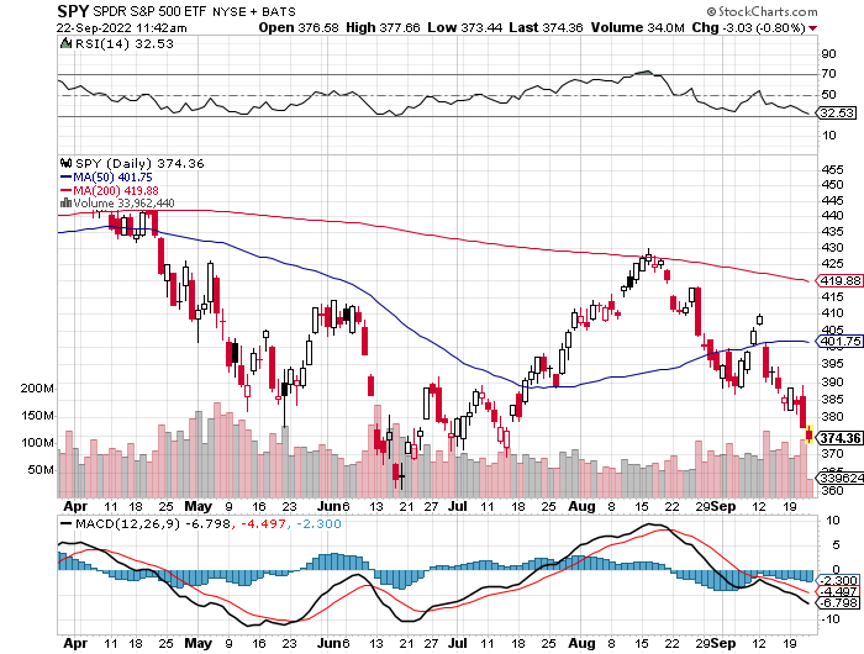
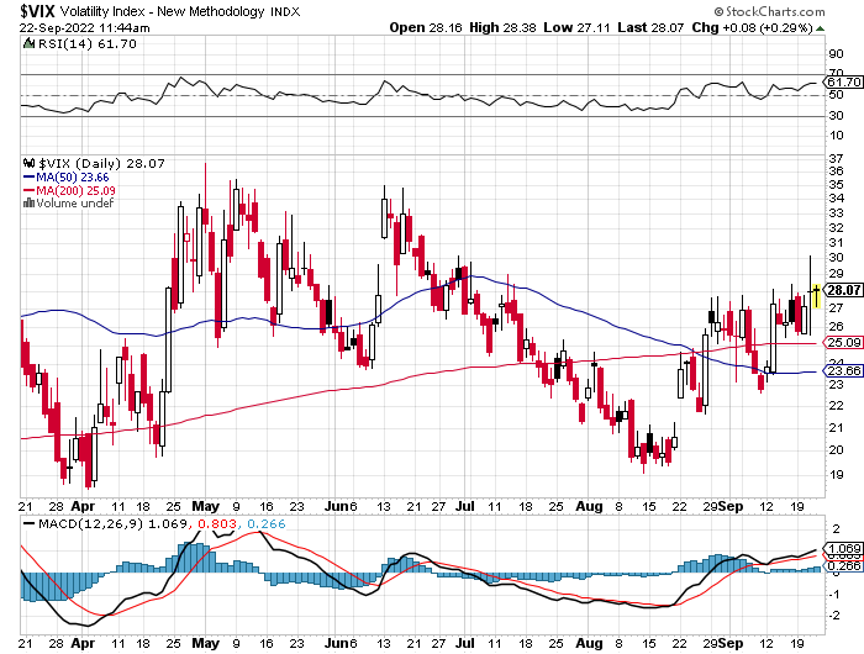
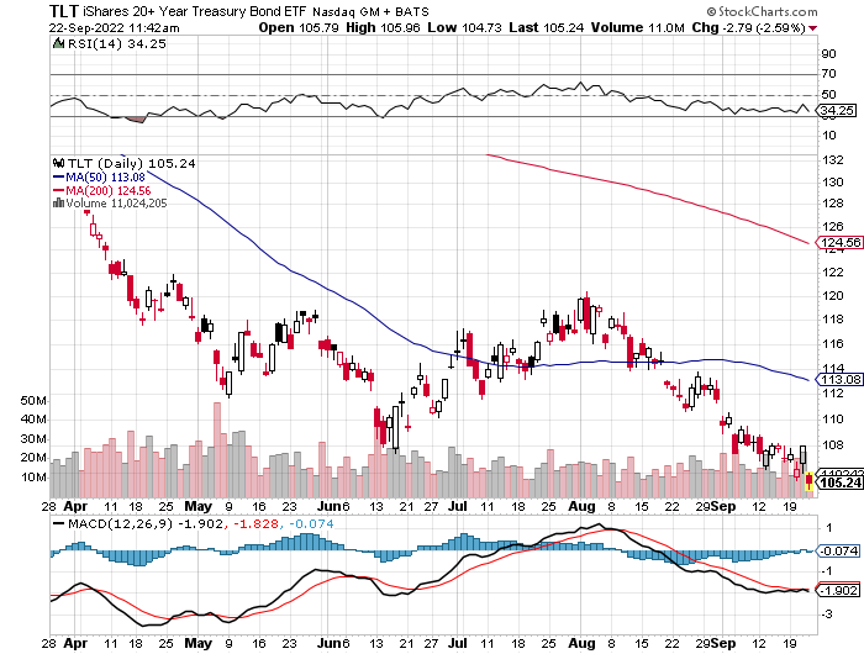
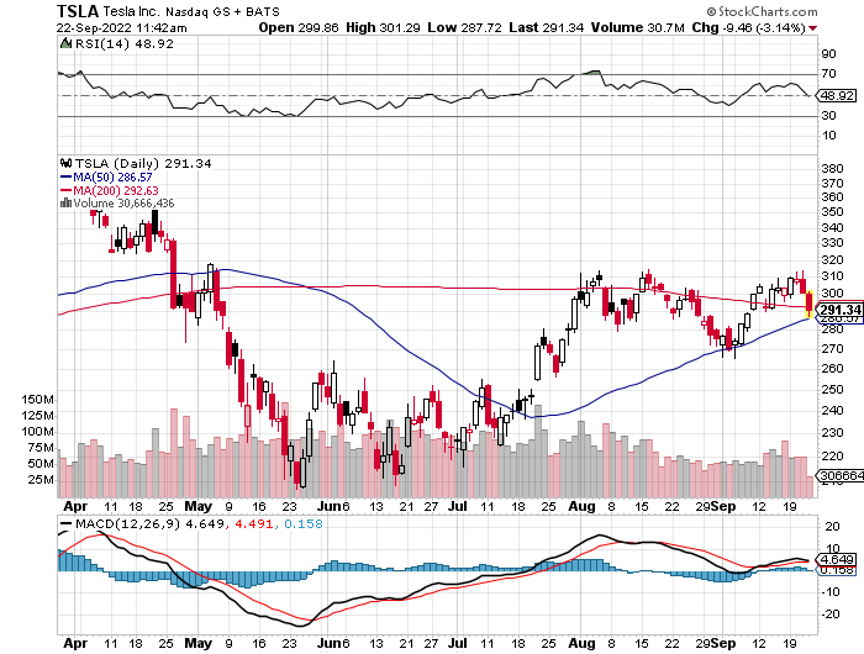
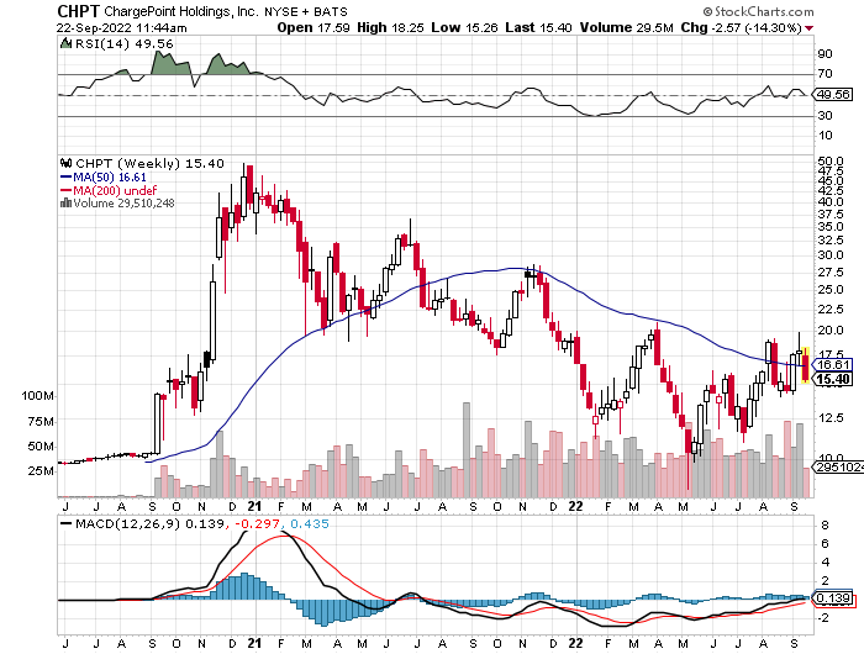
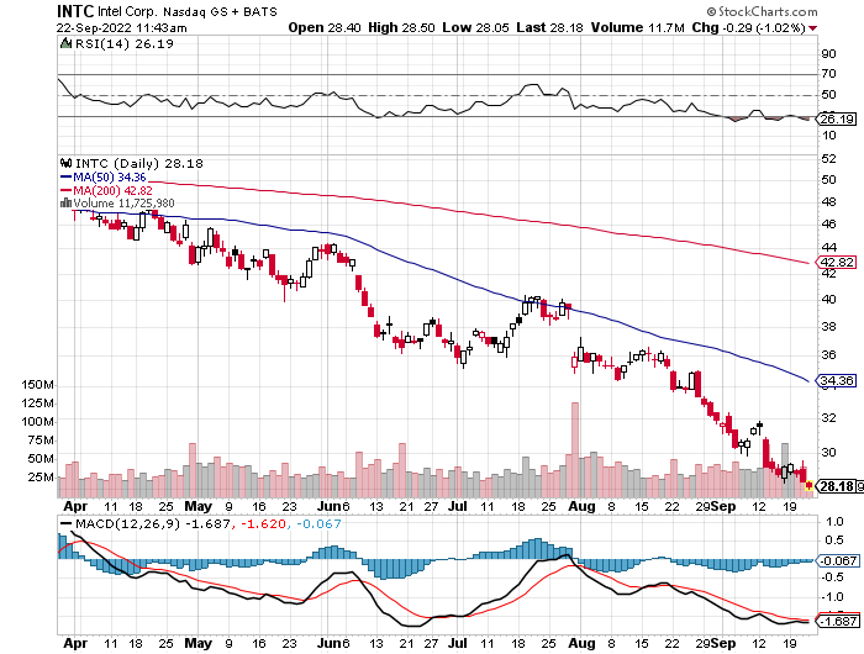
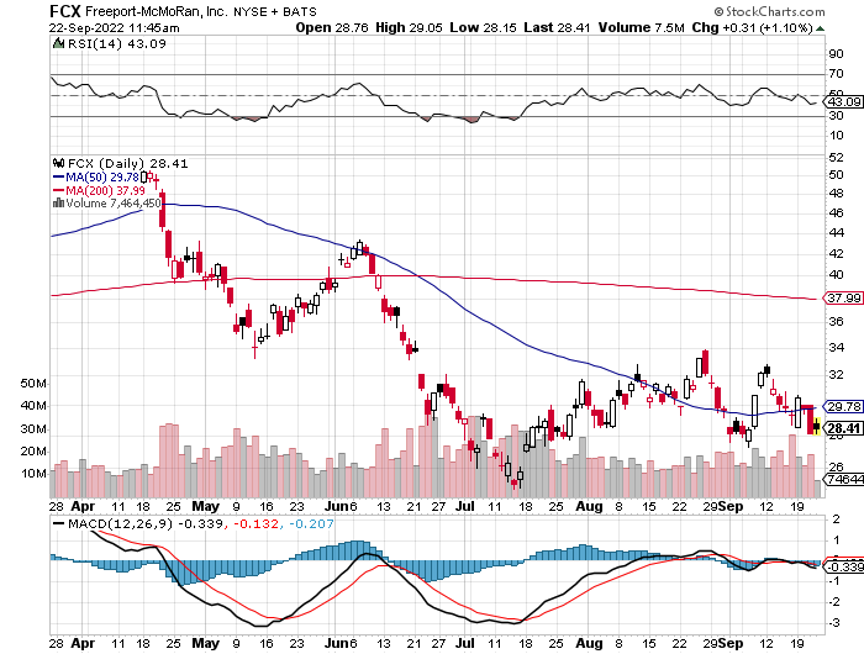

Back at Lake Tahoe
